Outer Space & Universe
Outer Space & Universe
Space, also known as outer space, is the near-vacuum between celestial bodies. It is where everything (all of the planets, stars, galaxies and other objects) is found.
On Earth, space begins at the Kármán line (100 km above sea level). This is where Earth's atmosphere is said to stop and outer space begins. This is not a firm boundary but is a convention used by scientists and diplomats.
Items in space are free to move back and forth; up and down; and left and right. These three dimensions are what make 3D space. Items also move forward through time, which is sometimes called the fourth dimension.
The majority of space contains very little matter and so most of it is a vacuum. Scientists do not know how big space is but we do know that space is extremely big, and is always expanding.
According to the big bang theory, all matter and energy in the Universe was compressed into a very small space. Then it exploded and started expanding. Space is still growing in size today; this means the distance from one galaxy to distant galaxies is getting longer.
Gravity is the force that keeps the Moon in orbit around the Earth and the planets in orbit around the Sun. Gravity can stretch and bend space similar to how a heavy ball placed on a stretched sheet of rubber will cause the rubber to stretch. The scientist who discovered that space can bend is named Albert Einstein. How gravity bends space is part of his theory of general relativity.
Astronauts, Cosmonauts, Taikonauts and Spationauts
An astronaut is any person who is trained by NASA to travel and perform tasks in space. Although the space traveler may not necessarily be a United States citizen, each astronaut does go through a rigorous training regiment by the National Aeronautics and Space Administration. Other space travelers go by other names then astronaut depending on their country of origin.
In the United States, astronaut is derived from the Greek words ástron (star) and nautis (sailor). While, in Russia, a space traveler goes by the name космонавт (English: cosmonaut), which is derived from the Greek words kosmos (universe) and nautis (sailor). Westerners call a space traveler from China a taikonaut, based on the 1998 writings of Chiew Lee Yik and Chen Lan where the term tàikōng (great emptiness), Chinese for “space”. In China, the term yuháng yuán (universe navigator) is used for space traveler.
Only the United States of America (United States), Russia (earlier, the Union of Soviet Socialist Republics), and the People’s Republic of China (China) have sent manned spacecraft into space. Other countries have assisted these countries by sending their own space travelers on space missions. For instance, a French space traveler is called a spationaut (from the French word spationaute), which is derived from the Latin spatium (space) and Greek nautis (sailor). (plural in Greek nautes = sailors)
-
15:42
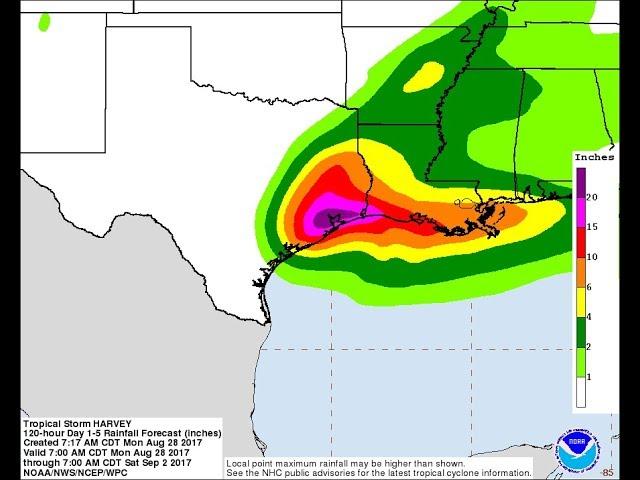
25"+ Inches of Rain still to fall for Houston & NEW Mandatory Evacuations ordered
Added 725 Views / 0 Likes25"+ Inches of Rain still to fall for Houston & NEW Mandatory Evacuations ordered
-
06:01

27" of Rain in 24 Hrs in Hawaii & 20 Tornadoes over the USA w More Storms coming
Added 626 Views / 0 Likeshttps://www.paypal.me/THORnews This situation is crazier than crazier. And. I'm tired from editing for the last 30 hours or so. Stay Cool. God bless everyone, T THORNEWS PO BOX 35946 HOUSTON TEXAS https://www.patreon.com/thornews @newTHOR on twitter https
-
17:31

271 Rivers Flooding! Possible Texas Tornadoes on Friday! Snow for Wyoming! Ice for the Dakotas!
Added 425 Views / 0 Likesthe weather is weird.God bless everyone,T LEWISON5430 BIRDWOOD RD. #416HOUSTON TEXAS 77096https://www.paypal.me/THORnewshttps://venmo.com/TEric-Lewison$THORnews on CashApphttps://www.patreon.com/thornews
-
03:46
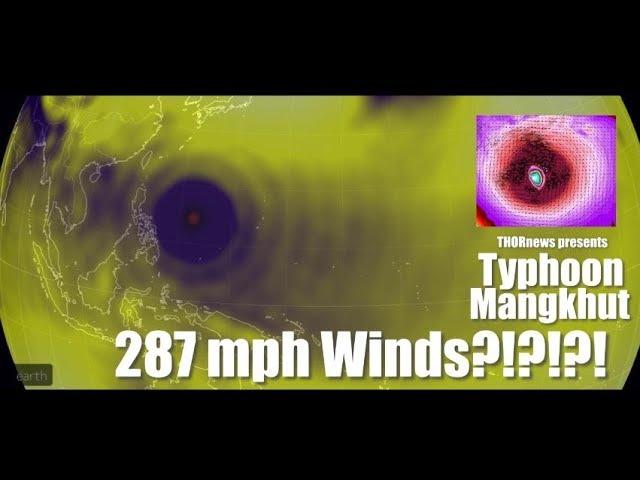
287 mph winds!?!?!? Typhoon Mangkhut
Added 338 Views / 0 LikesIt's getting wild everywhere. God bless everyone, Stay Cool. - Thttps://www.paypal.me/THORnewsTshirtshttps://hitthebuttonbaby.com/THORNEWS PO BOX 35946HOUSTON TEXAS77235-5946crankywxguyhttp://www.stormhamster.com/resource.htmthe wave masterhttps://dabuh.c
-
01:49
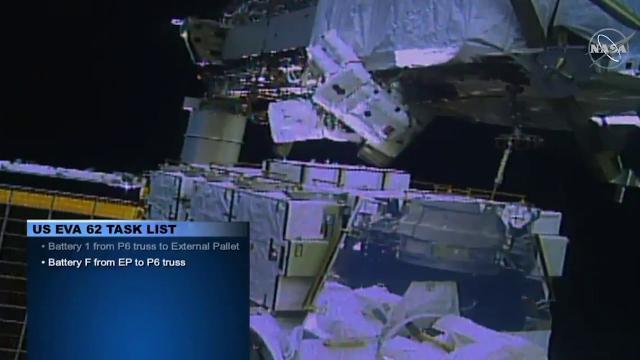
2nd All-Woman Spacewalk - Moving Batteries Outside Space Station
Added 447 Views / 0 LikesNASA astronauts Christina Koch and Jessica Meir swapped International Space Station batteries on the 2nd all-female spacewalk on Jan. 15, 2020. -- Astronauts upgrade space station batteries in second all-woman spacewalk: https://www.space.com/second-all-w
-
05:46

2nd Biggest Gold Sale ever! Venezuela sells to offset Oil Crash & Debt
Added 729 Views / 0 Likes2nd Biggest Gold Sale ever! Venezuela sells to offset Oil Crash & Debt
-
02:50

2nd Chinese Spy Balloon spotted over South America! Explosions in Montana sky? Nasty Chile Wildfires
Added 170 Views / 0 LikesStrange days, indeed.God bless everyone,T LEWISONhttps://www.paypal.me/THORnewshttps://venmo.com/TEric-Lewison$THORnews on CashApphttps://www.patreon.com/thornews
-
01:10
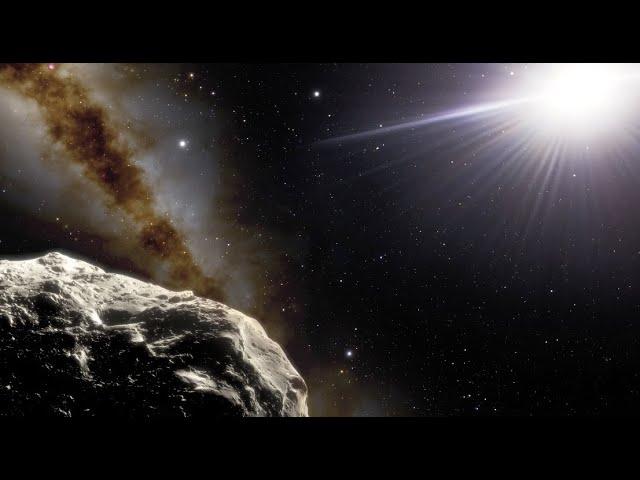
2nd Earth trojan asteroid confirmed! Much bigger than first!
Added 186 Views / 0 Likes2020 XL5 is the "second known Earth Trojan asteroid," according to NOIRLabs. It was discovred using the Pan-STARRS1 survey telescope in 2020. Credit:Images and Videos: CTIO/NOIRLab/NSF/AURA/J. da Silva/Spaceengine, ESO/M. Kornmesser, SOAR/J. P. BurgosImag
-
06:05
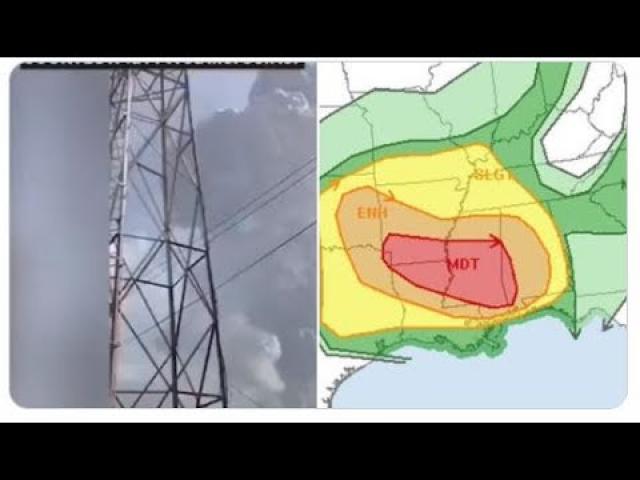
2nd Major Caribbean Volcano eruption & Today's Southeast Storm High Risk Danger Zone is expanded.
Added 316 Views / 0 Likeshigh energy day,God bless everyone,T LEWISON5430 BIRDWOOD RD. #416HOUSTON TEXAS 77096https://www.paypal.me/THORnewshttps://venmo.com/TEric-Lewison$THORnews on CashApphttps://www.patreon.com/thornews
-
00:56
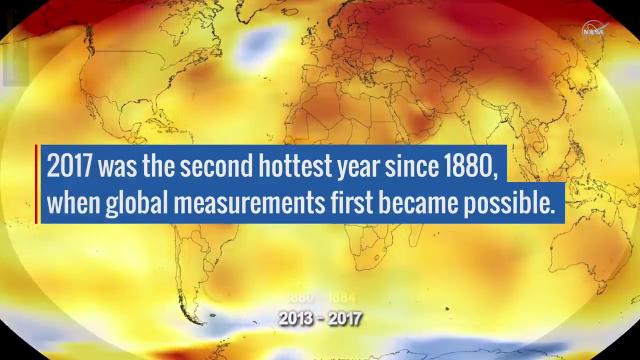
2nd Place for Hottest Year Since 1880 Goes to 2017!
Added 585 Views / 0 Likes2nd Place for Hottest Year Since 1880 Goes to 2017!
-
07:31
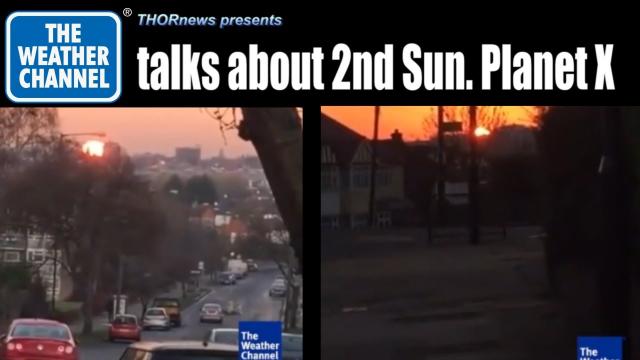
2nd Sun on the Weather Channel!?! WTF? Planet X? Nibiru? Jupiter?
Added 603 Views / 0 Likes2nd Sun on the Weather Channel!?! WTF? Planet X? Nibiru? Jupiter?
-
03:36
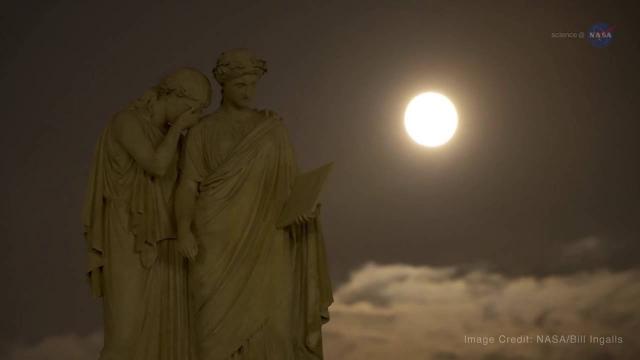
3 'Supermoons' In Last 3 Months of 2016 - NASA Explains | Video
Added 647 Views / 0 Likes3 'Supermoons' In Last 3 Months of 2016 - NASA Explains | Video
-
13:27
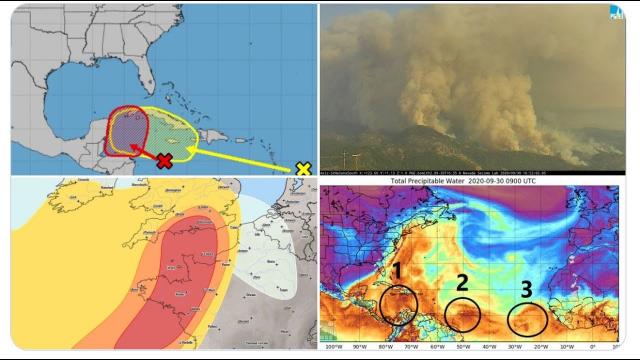
3 Areas for Hurricane Watch! Canada Storm! Europe Storm! Red Colorado Sun & Wildfires!
Added 367 Views / 0 LikesOctober is Eris month so buckle up.God bless everyone,T LEWISON5430 BIRDWOOD RD. #416HOUSTON TEXAS 77096https://www.paypal.me/THORnewshttps://venmo.com/TEric-Lewison$THORnews on CashApphttps://www.patreon.com/thornews$344+++ October goal
-
15:38
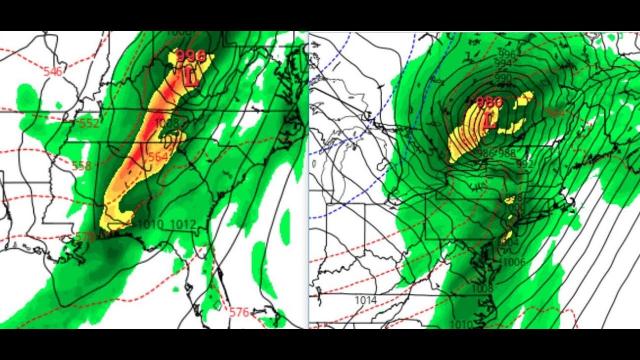
3 big STORMS for 50% of USA in 8 Days. Stay Weather Aware.
Added 472 Views / 0 LikesBoom. BOOM. Boom. God bless everyone,Thttps://www.paypal.me/THORnewsTshirtshttps://hitthebuttonbaby.com/THORNEWS PO BOX 35946HOUSTON TEXAS77235-5946@newTHOR on twitterhttps://www.facebook.com/thornewsgothe crankywxguy bloghttp://www.stormhamster.com/entry
-
05:35
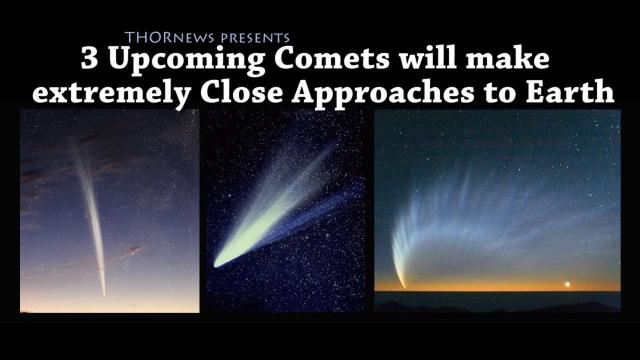
3 Comets will make a very Close Approach to Earth! Science needs your help!
Added 674 Views / 0 Likes3 Comets will make a very Close Approach to Earth! Science needs your help!
-
06:51
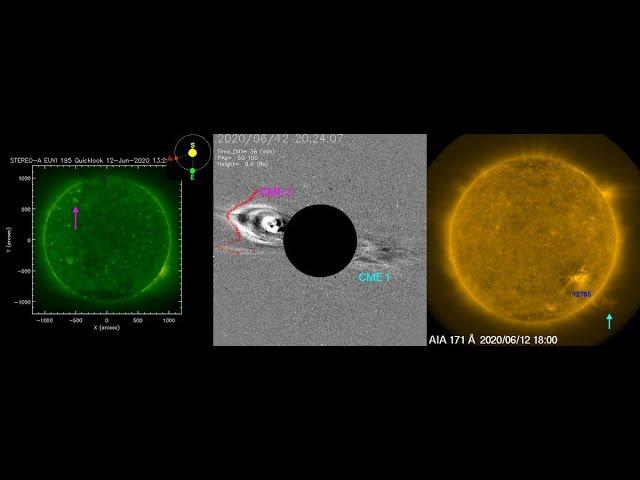
3 Coronal Mass Ejections! The Sun is waking up!
Added 384 Views / 0 LikesOne might even hit Earth on the 16th-17th.God bless everyone,T LEWISON5430 BIRDWOOD RD. #416HOUSTON TEXAS 77096https://www.paypal.me/THORnewshttps://venmo.com/TEric-Lewison$THORnews on CashApphttps://www.patreon.com/thornews
-
08:57
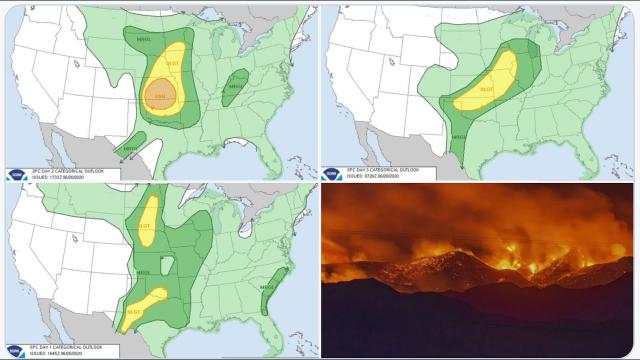
3 Days of Severe Weather & the 7th largest fire in Arizona history.
Added 366 Views / 0 LikesWe're almost to the Annular Solar Eclipse so be ready for 5 days of weird weather. God bless everyone,T LEWISON5430 BIRDWOOD RD. #416HOUSTON TEXAS 77096https://www.paypal.me/THORnewshttps://venmo.com/TEric-Lewison$THORnews on CashApphttps://www.patreon.co
-
20:12
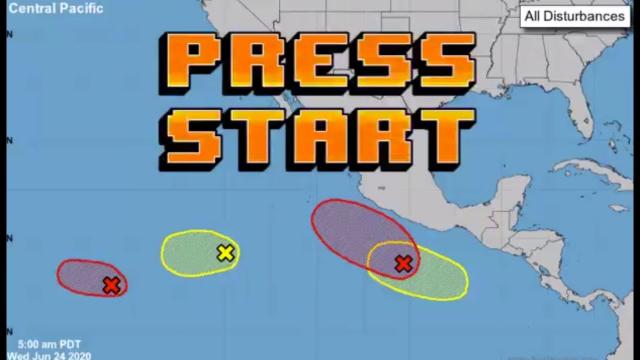
3 Days of Severe Weather for USA & Canada! New England Heat! Siberia Wildfires! Saharan Dust!
Added 356 Views / 0 LikesThe Eclipse season weird weather is starting to heat up!God bless everyone!T LEWISON5430 BIRDWOOD RD. #416HOUSTON TEXAS 77096https://www.paypal.me/THORnewshttps://venmo.com/TEric-Lewison$THORnews on CashApphttps://www.patreon.com/thornews
-
16:07
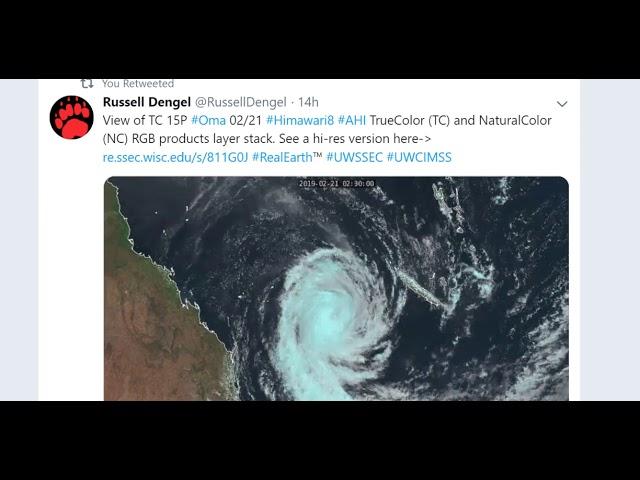
3 ft of Snow in Arizona! BIG Saturday STORM USA & next California Atmospheric River
Added 470 Views / 0 LikesI just woke up, this video might be wonky.God bless everyone,Thttps://www.paypal.me/THORnews@newTHOR on twitterhttps://www.facebook.com/thornewsgoTshirtshttps://hitthebuttonbaby.com/the crankywxguy bloghttp://www.stormhamster.com/entry/e02219.htmmike's we

